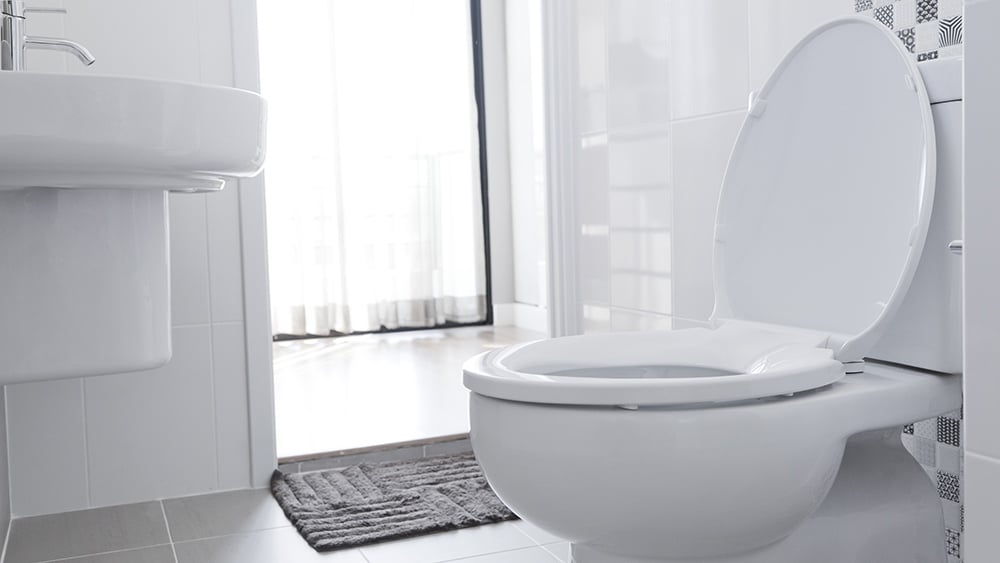 In Toilet Anatomy 101, Warner Service listed basic parts of critical plumbing anatomy: toilets. From the bowl to the tank, toilets are hard to understand. This is especially true when trying to solve a toilet plumbing problem.
In Toilet Anatomy 101, Warner Service listed basic parts of critical plumbing anatomy: toilets. From the bowl to the tank, toilets are hard to understand. This is especially true when trying to solve a toilet plumbing problem.
To learn more advanced parts of this plumbing anatomy, here's Warner Service's updated guide to the toilet.
- Angle valve: Also known as the shutoff valve, it's between the water supply and a toilet and turns on in the event of a failure or repair.
- Ballcock: Also known as a fill valve in the tank of a toilet, it helps control refilling through the refill tube. It’s connected to a float via a metal arm. After flushing, the toilet refills until the float rises high enough to shut off the valve.
- Compression ring: A common way to connect a pipe to another pipe, fitting, or valve. These metal rings create fluid-tight seals by compressing a semi-rigid ring. It securely spreads out and fills in the gap between the supply lines and stop valve.
- Float ball: A floating device connected to the ballcock inside the toilet tank. It activates or shuts off the ballcock and changes with the water level in the tank.
- Flush handle: The mechanism that’s connected to the trip lever, which lifts and pulls up the tank ball when flushing a toilet.
- Flush valve: Located in the middle of the toilet tank, it includes the overflow tube. It also includes the hole where water enters the bowl when the toilet’s flushed and the rubber flapper that covers the hole when the tank is full.
- Lift chain: A chain that lifts the rubber flapper when the flush lever pushes down.
- Overflow tube: A vertical tube inside a toilet tank that directs water into the bowl in case the ballcock malfunctions. This prevents a big plumbing problem: water damage caused by a tank overflow.
- Refill tube: This rubber mechanism controls how much water refills the tank (until the float rises high enough to shut off the ballcock) after each flush.
- Rubber washers: Ideal for providing a positive seal and preventing leakage, these mechanisms are in the toilet tank.
- Siphon jet toilet: A toilet with a siphonic (using gravity and atmospheric pressure to carry a liquid up and down) trap way at the rear of the bowl and integral flushing rim and jet.
- Soil pipe: A pipe that carries waste from toilets.
- Tank-to-bowl gasket: Also known as a sponge, this rubber mechanism connects the water tank to the toilet bowl. It helps prevent the plumbing problem of leakage between flushes.
- Trap way: A channel in a toilet that connects the bowl to the waste outlet.
- Water inlet: A pipe that brings water into the toilet.
- Weir: The top of the trap way.
For a beginner's guide to this plumbing anatomy, check out Toilet Anatomy 101. Warner Service lists important toilet parts, including the flange, supply line, wax ring, and closet bolts.
You can also subscribe to the Warner Service blog for more plumbing information. Click on the button below to get started:


